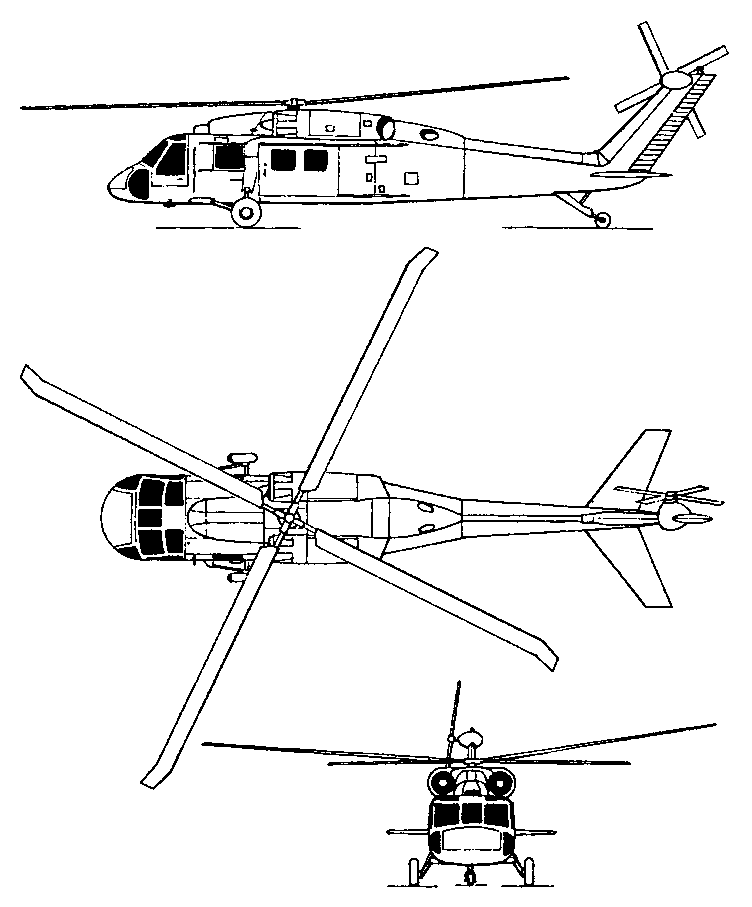The Sikorsky S 70 Helicopter: A Deep Study Its Layout and Efficiency
The Sikorsky S 70 Helicopter: A Deep Study Its Layout and Efficiency
Blog Article
Modernized Vertical Lift Platform With Advanced Composite Frameworks and Improved Precaution
In the world of upright lift platforms, a significant change in the direction of modernization has been observed, driven by the integration of innovative composite structures and increased security steps. These enhancements stand for an essential development in the design and functionality of lift platforms, promising increased performance and reliability throughout various sectors (sikorsky s 70). As sectors make every effort for better operational precision and safety and security criteria, the application of composite materials and progressed security functions has become extremely important. In discovering the convergence of technology and safety and security in contemporary lift platforms, an engaging story arises, showcasing the possibility for transformative improvements that satisfy the ever-evolving demands of industrial industries.
Development of Vertical Lift Platforms

The development of upright lift systems can be mapped back to basic sheave systems and very early elevator layouts. With time, technologies such as hydraulic systems, electrical motors, and progressed control devices have vastly enhanced the performance and safety of these platforms. Manufacturers have actually also concentrated on enhancing the security, reach, and load-bearing capacities of upright lift platforms to meet the varied needs of various industries.
In addition, the combination of wise innovations like sensors, IoT connectivity, and automation attributes has additionally changed the capabilities of modern-day vertical lift platforms. These technological improvements not just boost operational productivity but also ensure enhanced safety criteria for employees using these platforms at numerous heights. The continual advancement of vertical lift platforms emphasizes their vital function in improving vertical flexibility throughout sectors.
Assimilation of Advanced Composite Structures

Additionally, the use of sophisticated composite materials allows for even more complicated and enhanced structural designs, making it possible for designers to tailor the system's residential or commercial properties to meet specific efficiency demands. Overall, the unification of advanced composite structures in modern-day vertical lift systems represents a substantial development in aerospace technology, leading to a lot more effective, reliable, and much safer aerial transportation systems.
Improved Security Measures Execution
Applying boosted safety actions is critical in guaranteeing the ideal performance and reliability of modern-day upright lift systems. One key aspect of enhanced security procedures is the assimilation of innovative sensing unit modern technologies to check various parameters in real-time.

Market Applications and Advantages
With improvements in technology and engineering, improved vertical lift systems have discovered click here to read varied applications across numerous markets, supplying considerable advantages in efficiency and efficiency. In the production market, Our site these systems streamline the procedure of transporting heavy materials and devices within centers, decreasing manual handling and improving operational performance. The building sector gain from upright lift systems by enabling employees to access elevated areas securely and efficiently, enhancing overall job timelines. Warehousing and logistics firms use these systems to optimize storage space use and promote quicker selecting and packing processes.
Moreover, vertical lift platforms play an essential duty in the repair and maintenance of facilities such as bridges, power lines, and structures, allowing service technicians to reach hard to reach locations effortlessly (sikorsky s 70). The aeronautics sector additionally leverages these platforms for airplane maintenance and assembly jobs, improving process performance and ensuring worker safety at heights. Overall, the extensive adoption of modernized upright lift systems across industries emphasizes their versatility and the substantial enhancements they bring to various operations
Future Trends in Lift System Modern Technology
Integrating advanced automation and intelligent features, lift platform innovation is poised to revolutionize upright transport systems in the near future. One vital pattern is the assimilation of Net of Points (IoT) innovation, allowing lift systems to connect real-time data for anticipating maintenance, optimizing performance, and improving safety. As lift platform technology continues to evolve, these fads are set to form the future of vertical transportation, making it a lot more effective, risk-free, and easy to use.
Final Thought
Finally, the modernized upright lift platform showcases the advancement of modern technology in the sector. By integrating innovative composite structures and enhanced safety measures, this system provides boosted effectiveness and safety for various applications. The market can benefit greatly from these developments, and future patterns in lift system modern technology are likely to continue surpassing these technologies for even better success and efficiency.
In the realm of vertical lift platforms, a considerable change in the direction of innovation has actually been observed, driven by the integration of continue reading this advanced composite structures and increased safety procedures. The constant development of vertical lift systems underscores their crucial role in enhancing upright movement across industries.

The incorporation of sophisticated composite frameworks in modern vertical lift systems has substantially enhanced their architectural stability and efficiency capabilities. By integrating these sophisticated composites into the layout and building of upright lift systems, manufacturers can decrease general weight, boost load-carrying ability, and improve the platform's sturdiness and longevity.
Applying enhanced safety and security measures is critical in making certain the ideal performance and reliability of modern vertical lift systems.
Report this page